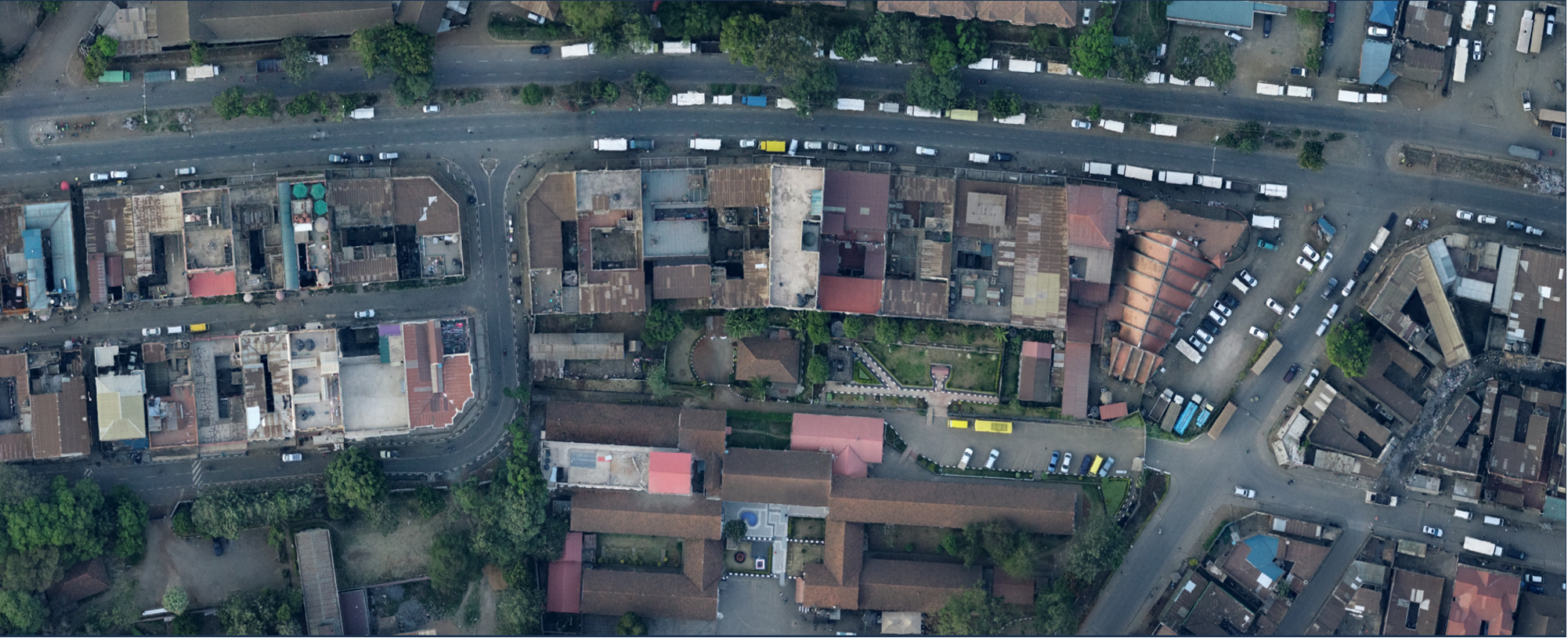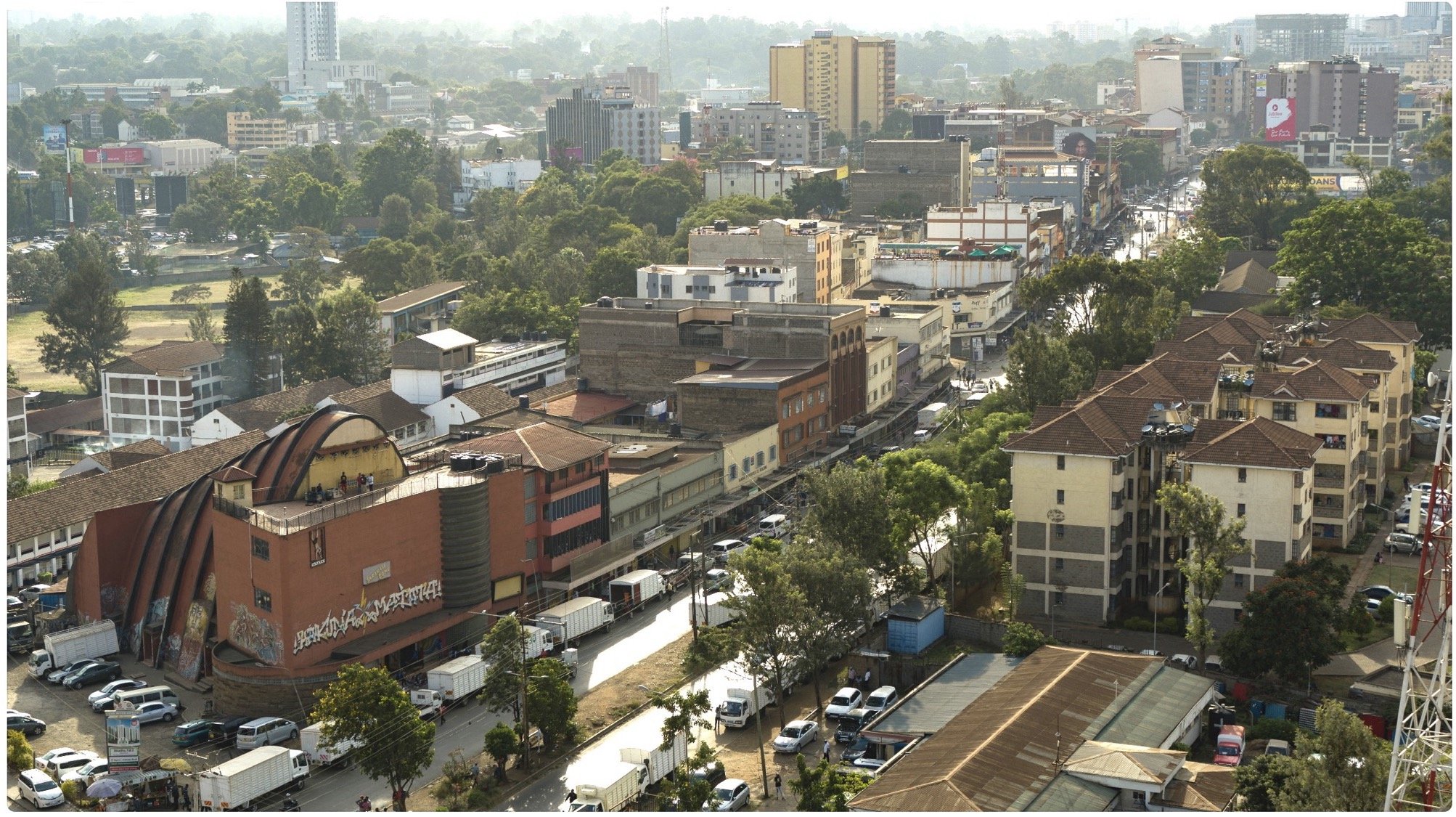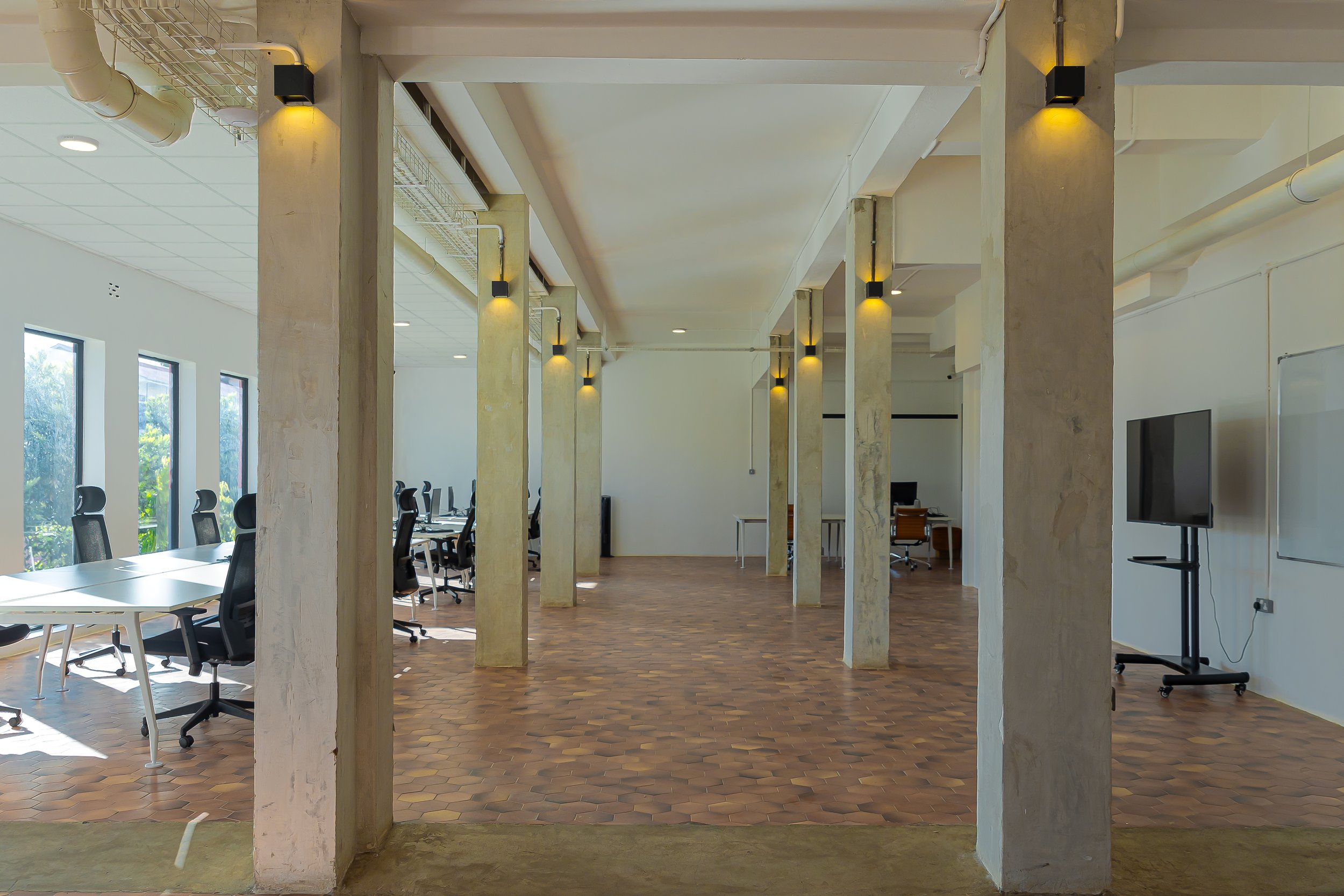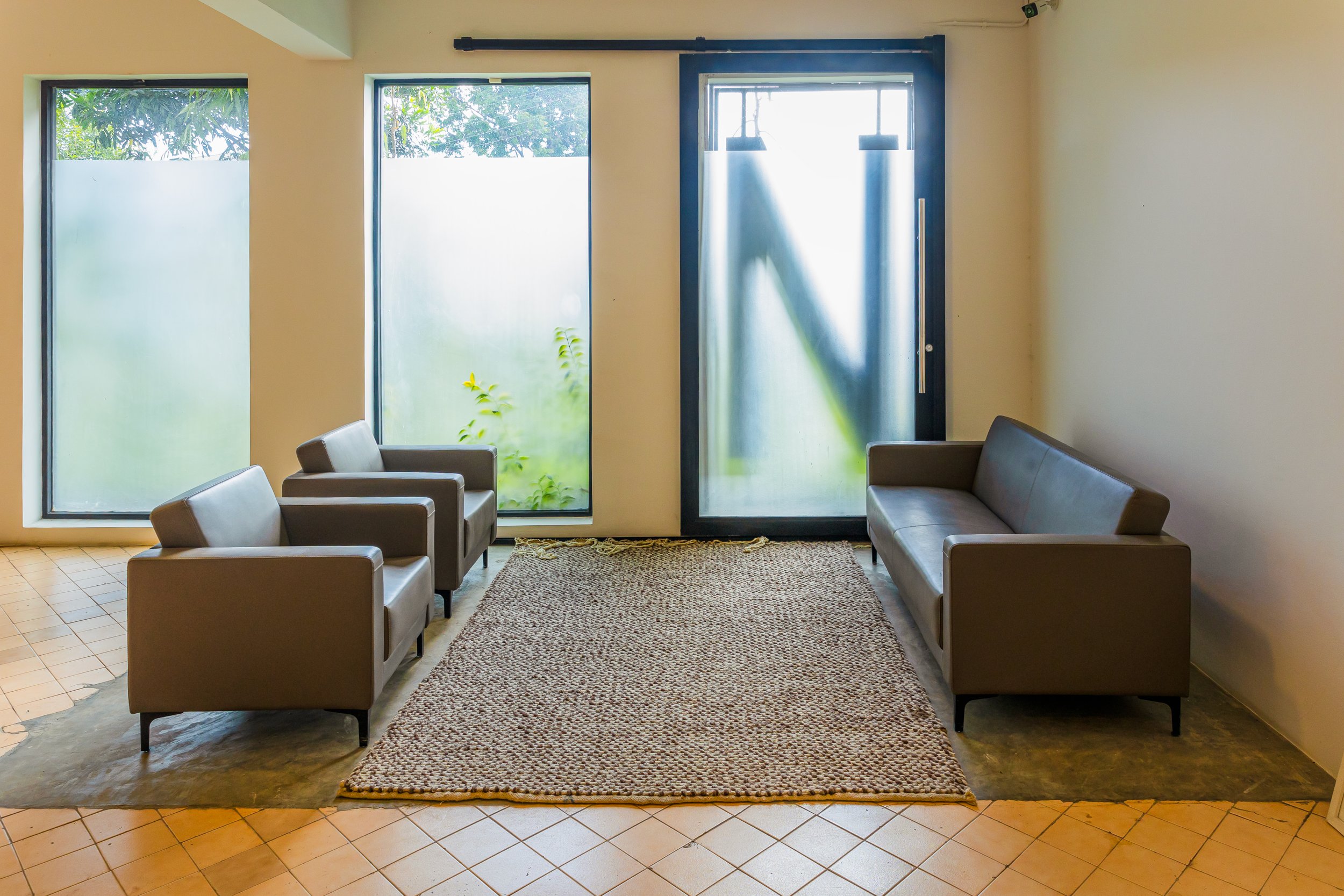Sustainable urban renewal in Africa’s cities.
The built environment in Africa is ready for change. Urban Africa Partners is an investment and development company; committed to improving urban ecosystems and decarbonising our cities while building value for our partners.

Urbanisation is one of Africa’s most important, structural investment opportunities.
By 2040, there will be more Africans living in its cities than any other continent.
That’s 450 m mostly young new urban dwellers.
The built environment accounts for c.40 % of CO2 emissions globally.
Carbon-neutral modernisation of Africa’s cities is imperative and commercially attractive.

Challenge and opportunity.
Carbon-neutral development of the built environment is important...
The built environment accounts for 40% of CO₂ emissions globally.
This will increase as growing urbanization and rising incomes drive demand for better housing and commercial buildings.
How cities and countries meet their rising building needs is pivotal to the global climate future.
… and carbon neutral development of Africa’s cities is imperative.
In Africa, there is an acute need to provide a built environment to accommodate rapid urbanisation, but limited municipal capacity to do so.
Africa’s overall CO2 emissions are set to rise by 48% by 2040. Building emissions will nearly triple in that period.
An estimated 2.5 bn square metres of new city development in progress on the continent in 2023, which equates to c.2.2tr kgCO2e of embodied carbon.
We’re driving evolution in a large, fragmented asset class
African real estate is a fragmented, non-innovative, $15tr market, dominated by non-institutional players.
There is an immense opportunity to disrupt urban development, led by the private sector.
Cities unable to empower growth, youth, innovation and entrepreneurialism will limit Africa’s ability to close the gap with the more developed world.

Ngara, Nairobi, June 2022
What we do: Sustainable revitalisation of the urban built environment. Proven approach, African context, carbon neutral by design.
Urban focused developments
We invest in assets in central, non-prime, underserved urban areas in cities we think will benefit from Africa’s demographic dividend, urbanisation and economic growth. We renovate, activate, and expand at street and neighbourhood scale.
Integrated approach
We develop the built environment both in private space and in the public realm for inclusion, sustainability and value creation. We focus on mixed-use urban nodes, co-living projects.
Adaptive reuse
We take a brownfield approach (not greenfield). We adopt IFC EDGE’s guidelines and target their ‘Zero-Carbon’ (highest) classification for all assets, as as well as applying innovation to achieve decarbonisation beyond those standards.
UAP is a pan-African company. We launched our first project in Nairobi…
Our first site is Ngara — a centrally placed, historically cultural node in Nairobi, Kenya. Similar to case studies in Dumbo or Tribeca in 1990s New York, Shoreditch in 1990s London or Braamfontein, Johannesburg in 2005.
Ngara has one of Nairobi’s two old picture houses, proximity to several universities and the planned electric bus route, and it sits between Nairobi’s two key nodes: Westlands and the Central Business District(‘CBD’).
We purchased our first buildings for our Nairobi project in June 2022. Transformative work can be seen in the gallery below.
We’re intervening in the public realm and creating inclusive spaces respectful of social cohesion in the areas we develop. Find out more here.
Thought leadership.
Research and thought pieces behind UAP’s investment strategy and development approach.
// African Cities 2035: Economist Intelligence Unit // The Economic Power of Africa’s Cities: OECD and UNECA // Better Finance Better Built Environment: Systemiq and NREP on decarbonizing cities // Efficient and balanced space use: Systemiq // IFC EDGE: Program Summit and Building Green: Sustainable Construction in Emerging Markets report // NREP Sustainability report, outlining an innovative position in the institutional RE sphere // Google Sidewalk Labs: Urban Innovation guidelines and program // Harvard MBA case study on the misunderstood risk/reward of urban investing Canyon Johnson Urban Fund // Two Trees (NY), Play Braamfontein (JHB), Laguna MX (MEX City); Shoreditch Village (LDN); Re-Urbano (MEX City) urban revitalization case studies // https://ukgbc.org/resources/commercial-retrofit-innovation-map/ // https://ukgbc.org/resources/commercial-retrofit-innovation-map/ //





















